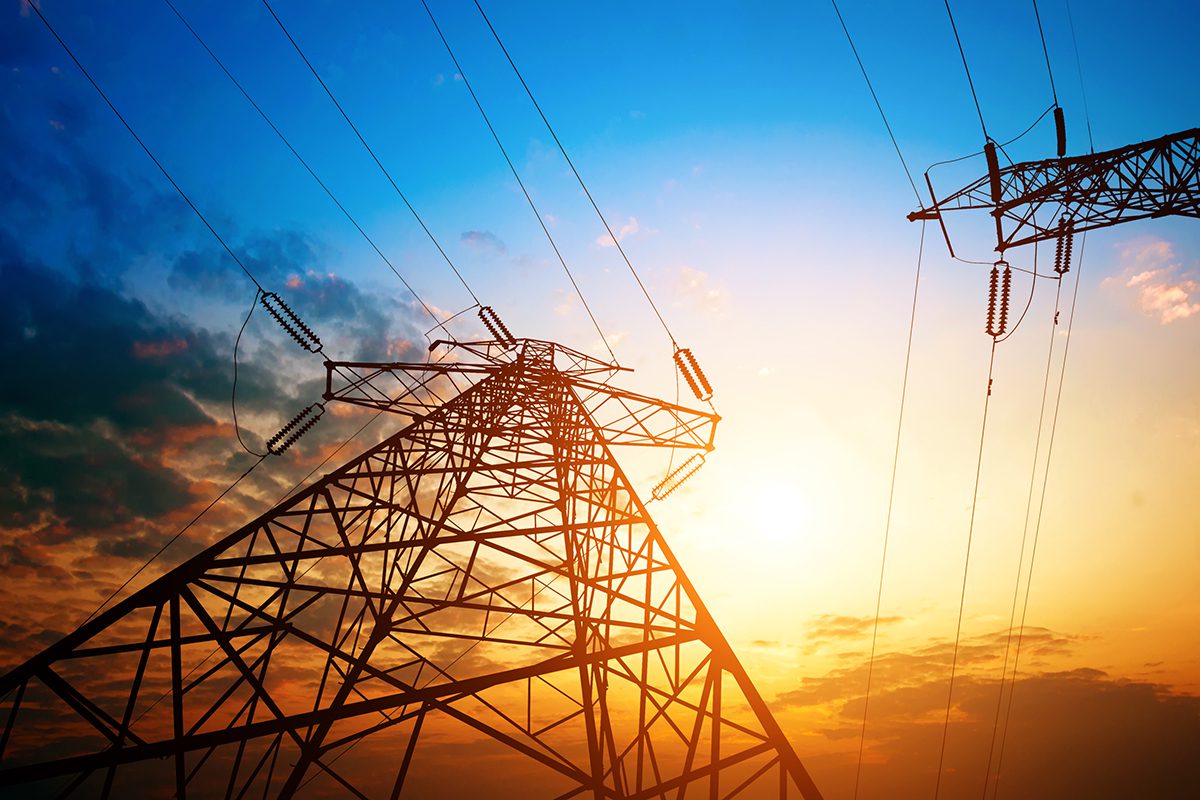
By Andy Normand
Grid connections – sticking points and solutions
With electricity demand forecast to double by 2050, the energy industry is busy devising ways of how best to meet this increased demand in the coming years. There is a vast array of ingenious and varied ways of making the most of the new regime through power generation, storage and demand flexibility. However, the biggest issues are currently with the bit in the middle – grid infrastructure and getting connected.
The problem is so bad that Octopus Energy is reportedly considering building its own pylons amid warnings from its Chief Executive Officer, Greg Jackson, that billions of pounds of investment may go abroad due to the inability to connect to the UK network.
The problems
Over the last few years, it has become a steadily more common occurrence to submit grid connection applications only to find that the earliest connection date is in the mid-2030s, effectively killing any project. This has got to the point where the vast majority of applications don’t get the connection date they request. The queue for connection is now over 500GW, which is many times the existing installed capacity and is even significantly more than anticipated total connected capacity for 2050. This is due to a backlog of projects that have grid connections but are not being built and clearly a large proportion of these will never be built.
All this has arisen because over the past few years, developers have been able to apply for and get fairly speculative grid connections with very little consideration of project viability in terms of land availability, planning permission or economic feasibility. Anyone that already has a connection agreement, even if the project is infeasible, is unlikely to give it up for a number of reasons. There is the hope that it might eventually be feasible or sold, a reluctance to write off the value and even penalties to give up connections already agreed. In addition, for new projects to be granted connections, they must show that they can be accommodated in the worst circumstances, i.e. all other projects are connected (both existing and yet to be built) and are operating at full capacity. So-called “zombie projects” which have little chance of being built, but for which there is no incentive to release the connection, are effectively gumming up the whole system.
Future solutions
In recent months there have been several initiatives designed to release capacity. This includes a five-point plan from NGESO, which operates the grid, that includes an amnesty on releasing agreed transmission connections without penalty, a new queue management policy and new ways of considering battery connections that were previously penalised as both worst-case generation and worst-case demand when in practice they operate to help rather than hinder the system. As part of the new queue management process, there are requirements on moving forward with plans and meeting milestones to remove the significant number of projects that may never actually be built but are restricting the grid potential. Projects that don’t meet milestones are to be ejected.
In November last year, Ofgem and the Department for Energy Security and Net Zero (DSNEZ) released its Connections Action Plan, which sets out ambitious actions to significantly reduce connection timescales and ensure a timely transition to net zero. It’s a call for network companies, the system operator and the sector as a whole to deliver a major step change in the pace of connections; strengthening incentives, obligations and requirements to do so.
Under the plan, transmission connection dates on offer would be on average no more than six months beyond the date requested by the customer, as long as the project is viable and is aligned with the country’s net zero goals. Currently this stands at five years.
These plans have so far only seemed to have stemmed the tide as increased connection requests have more than replaced the removed connections and connection times are often still leading into the 2030s. There is a need for more stringent changes that seriously reduce the current queue and ensure that this doesn’t become an issue again in future.

At the recent Energy Storage Summit, Alasdair MacMillan, Head of Connections policy at Ofgem, acknowledged that more was needed and that this was an iterative process. Future considerations that have been touted include ensuring a legal right to use the land and much higher barrier to entry. Such systems are in use in Europe and clearly serious consideration is being given for the UK.
As these plans come into practice it will change the nature of the game for developers. It requires significant outlay to develop projects. Planning permission needs to be sought with significant impact studies on local environment, construction planning, visual and noise impact assessments. In addition, land leasehold terms need to be agreed, and feasibility studies need to highlight the tangible benefits of the project. Projects can become infeasible for any one of these reasons and knowing what is viable prior to committing the money and conducting studies is hard to determine. With higher risks to development, any new projects will need to be thoughtfully created and the long list of barely viable projects should dry up.
The solutions are out there and there are good signs that they are coming, but there will be some necessary pain for developers in the form of giving up on projects they will be forced to realise are not going to be built and to take on the higher barriers to entry when developing new projects.
If we are to move forward, we must make it clear that some developers have wasted their money and allow truly viable, well-developed projects to come to fruition.






